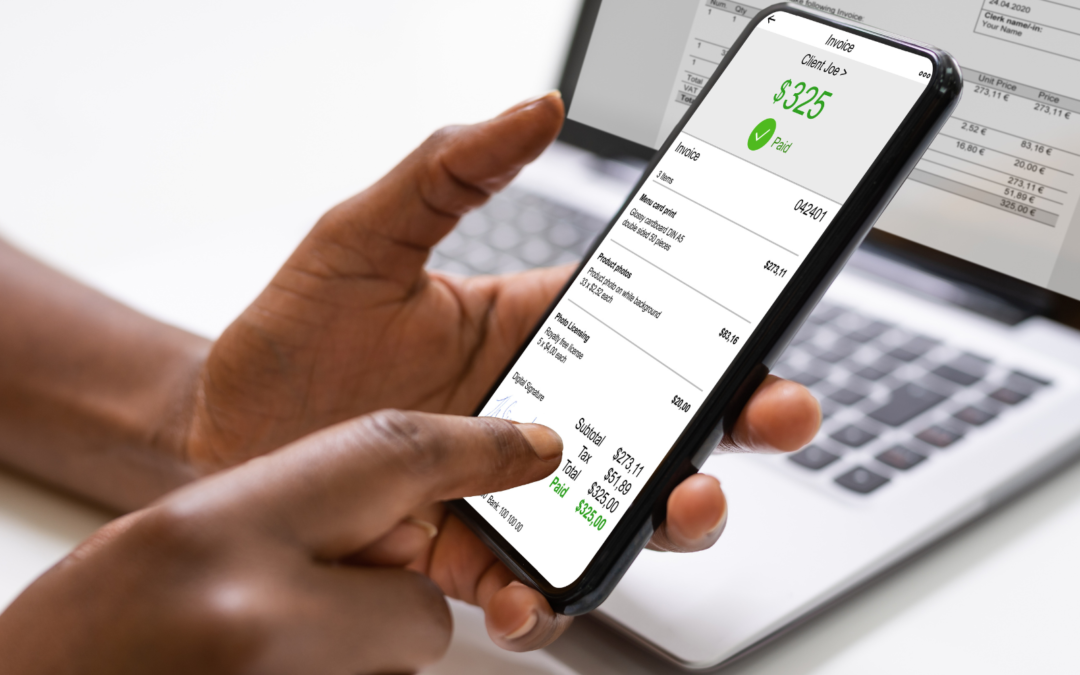As a business owner, streamlining your invoicing process is crucial for efficiency and accuracy. In this blog, we will explore the world of eInvoicing.
What is eInvoicing?
eInvoicing is the digital exchange of standardised invoice information between suppliers and buyers’ software through the secure Peppol network. Unlike traditional methods like sending PDFs and emails, eInvoicing offers a more efficient, accurate, and secure way of invoicing.
With eInvoicing:
- Suppliers eliminate the need to print, post, or email paper-based or PDF invoices.
- Buyers / Clients no longer need to manually enter or scan invoices into their software.
- Businesses can connect once and transact with everyone on the same network, regardless of the eInvoicing-enabled software they use.
Australia has adopted the Peppol framework as the common standard and network for eInvoicing. The Australian Taxation Office (ATO) has been nominated as Australia’s Peppol Authority to ensure consistent implementation of the eInvoicing standard by all digital service providers in the network. It’s important to note that eInvoicing is not a compliance or revenue measure, and the ATO doesn’t have access to invoice information.
How to Register for eInvoicing:
To start using eInvoicing, you need to register on the Peppol eInvoicing network.
Here are your options for registration:
- Your Existing eInvoicing Ready Software: If you already have eInvoicing-ready software, registering to connect with the network is quick and easy. Check with your software provider and follow their instructions to complete the registration process.
- eInvoicing Service Provider: You can also register through an eInvoicing service provider. These providers offer specialised solutions and can guide you through the registration process, ensuring a smooth transition to eInvoicing.
- Free or Low-Cost Online Solution: Explore the eInvoicing Ready product register to find free or affordable online solutions that align with your business needs. This register provides a comprehensive list of software and service providers offering eInvoicing capabilities.
To ensure a seamless transition to eInvoicing, it’s essential to plan for the changes and assess your current invoicing processes. Consider the number of invoices you send and receive, how you process them, and whether you use purchase orders.
Additionally, identify your key suppliers and buyers by the number of invoices exchanged and evaluate the necessary changes in your current software and scanning tools.
Plan for a Smooth Transition:
To successfully transition to eInvoicing, consider the following steps:
-
- Understand and Manage Changes: Within your business, evaluate and manage changes in your invoicing processes. Communicate these changes to your employees and ensure they are prepared for the transition.
- Communicate with Trading Partners: Reach out to your trading partners and inform them about the upcoming shift to eInvoicing. Discuss the benefits and encourage their participation.
- Keep Customer Records Updated: Ensure that your customer records include their Australian Business Number (ABN) to facilitate seamless eInvoicing transactions.
- Encourage Trading Partners to Get Ready: Encourage your trading partners to register for eInvoicing as well. The more partners onboard, the greater the time and cost savings for everyone involved.
- Onboarding Your Trading Partners: To successfully onboard your trading partners, consider the following approach:
- Start with a Small Number: Begin eInvoicing with a small number of your trading partners to test the process and build confidence.
- Progressively Onboard More Partners: Focus on high-volume suppliers or those with a high error rate. Gradually transition as many trading partners as possible to maximise the benefits of eInvoicing.
Getting Started with eInvoicing for Small Businesses:
If you run a small business and want to embrace eInvoicing, follow these steps:
-
- How to Start eInvoicing: If your business management software is eInvoicing-ready, registration is simple. Contact your software provider to register your software and connect to the Peppol network. Make sure your trading partners’ ABNs are up to date in your software.
- Consider eInvoicing Plug-Ins or Apps: If your invoicing software doesn’t support eInvoicing, explore plug-ins or apps that integrate with your software. Your software provider can guide you on compatible options.
- Cost of eInvoicing: The cost of eInvoicing varies depending on your software product. Some software providers include eInvoicing in their subscriptions, while others offer plug-ins or apps for an additional fee. Talk to your preferred software provider to determine the costs involved.
- Other Considerations: As you transition to eInvoicing, keep the following considerations in mind:
- Changes in Invoice Receipt: Invoices will now appear directly in your software, so familiarise yourself with the process of locating and accessing them.
- Process Changes: Review your approval processes for eInvoices and ensure your employees are aware of the changes.
- Communication: Effectively communicate the shift to eInvoicing with your employees and trading partners, keeping them informed and engaged.
- eInvoicing-Ready Product Register: Check the eInvoicing-Ready product register or consult your software provider to confirm if your software supports eInvoicing or to explore web portal solutions.
At Accounts All Sorted, we understand the importance of efficient and accurate invoicing processes for your business. We offer expert guidance and support in implementing eInvoicing and leveraging its benefits. Our experienced team stays up to date with the latest eInvoicing standards and regulations, ensuring a seamless transition and compliance with ATO requirements. Speak to us today!
Talk To Us Today
